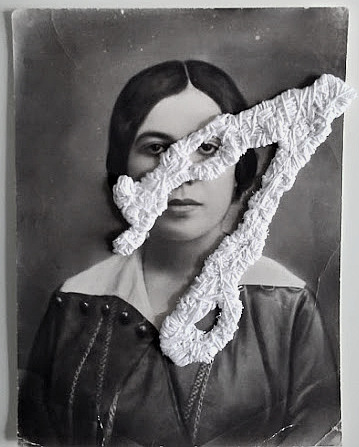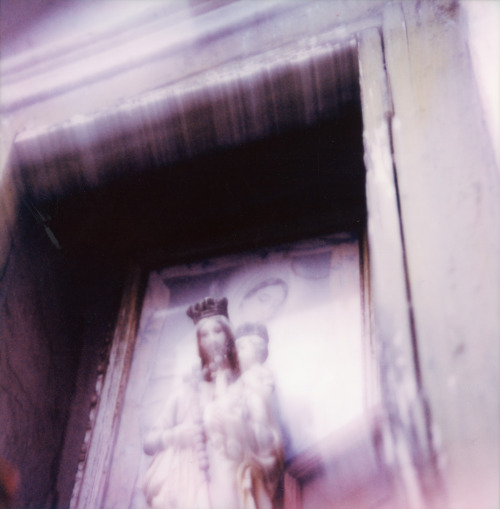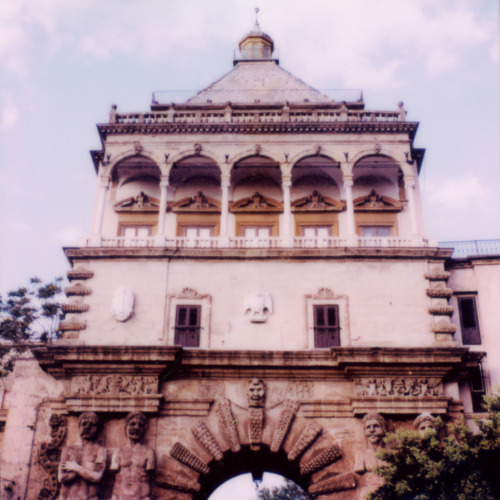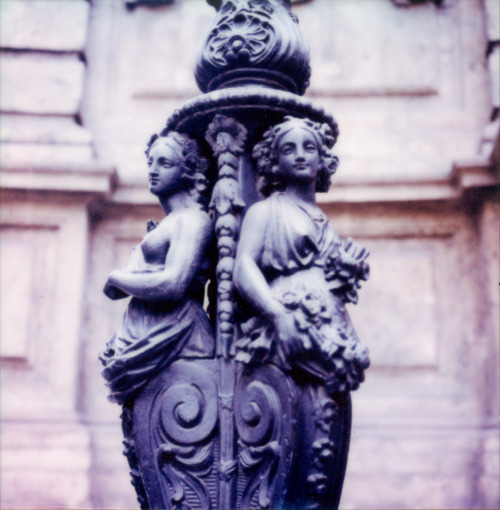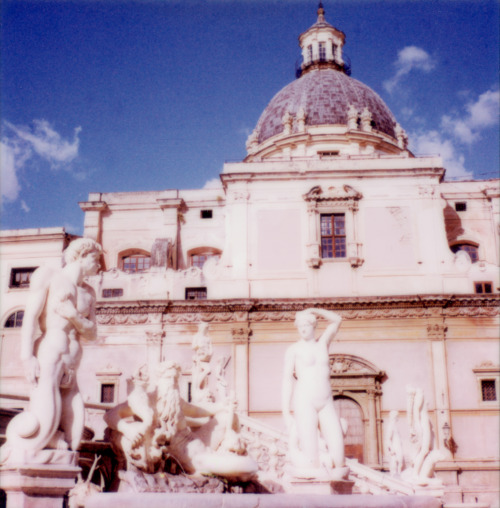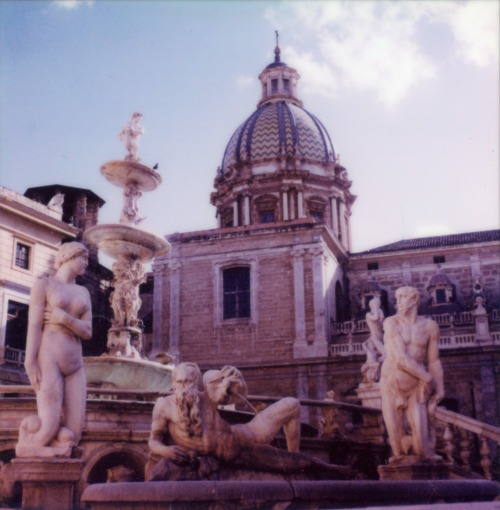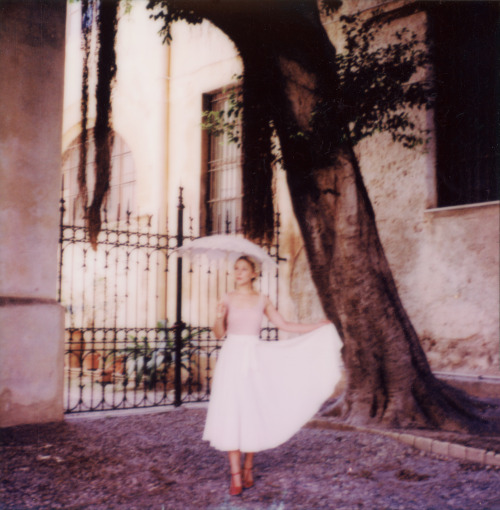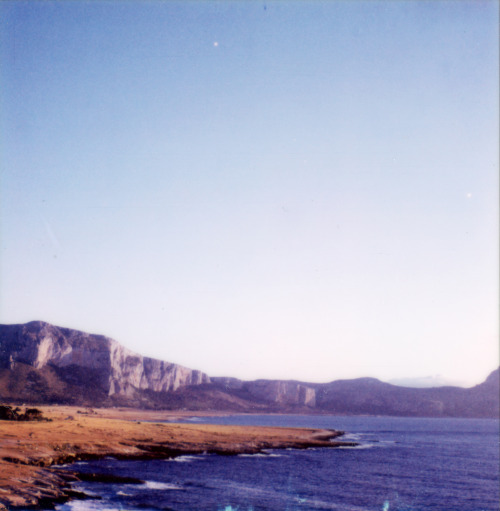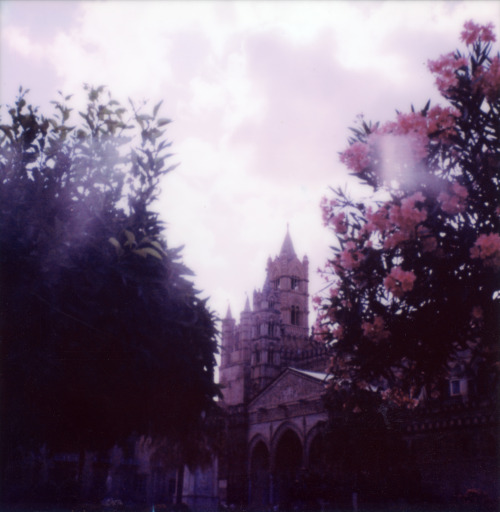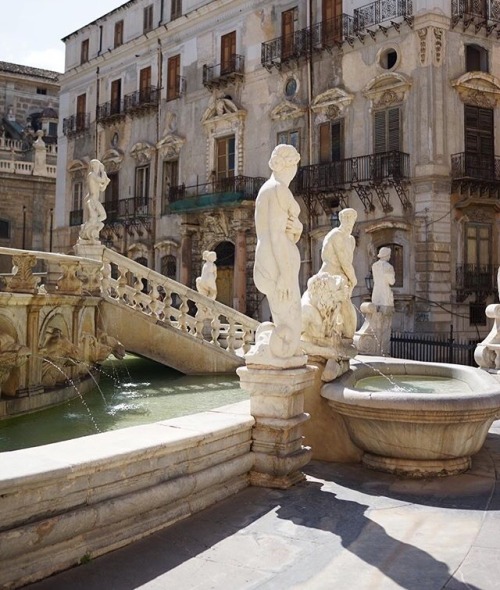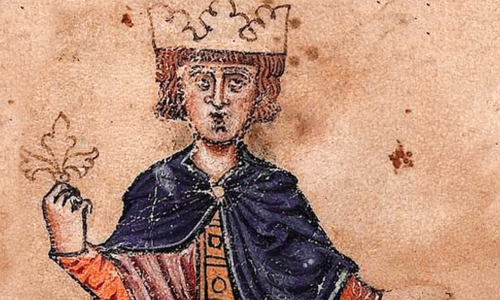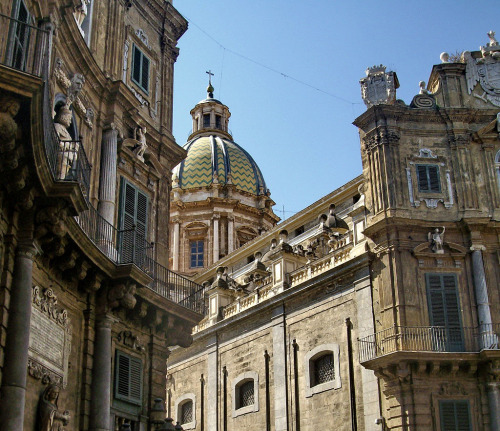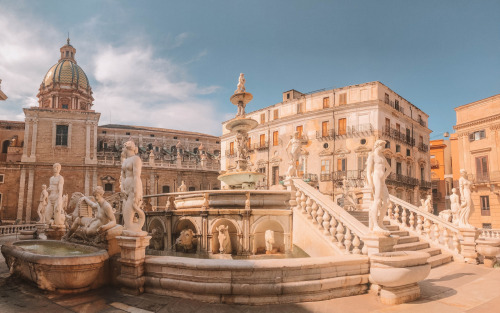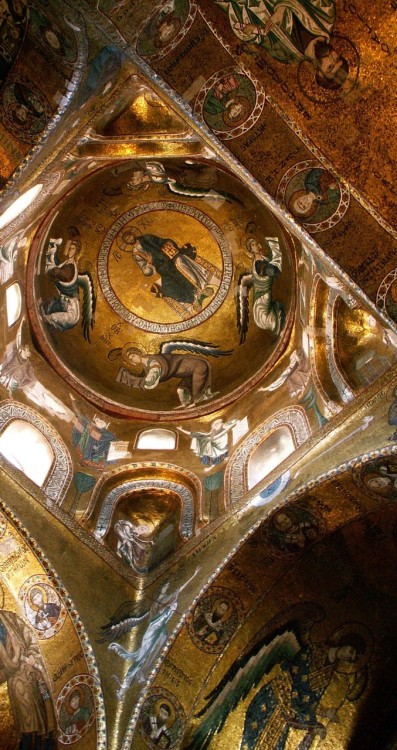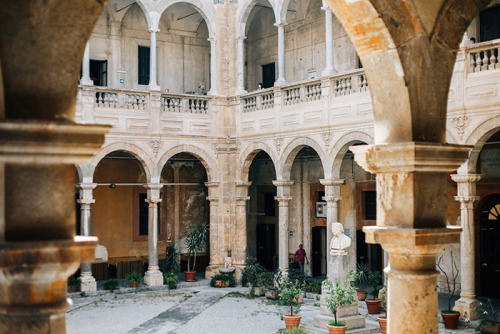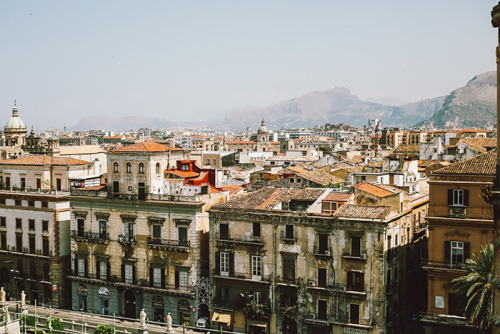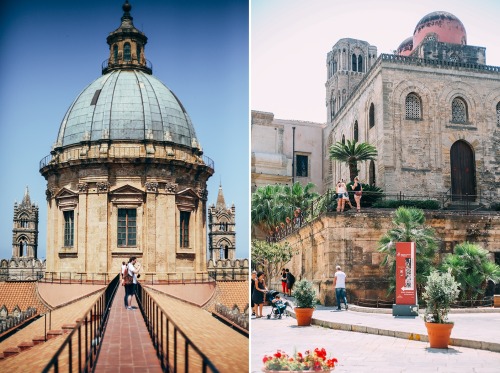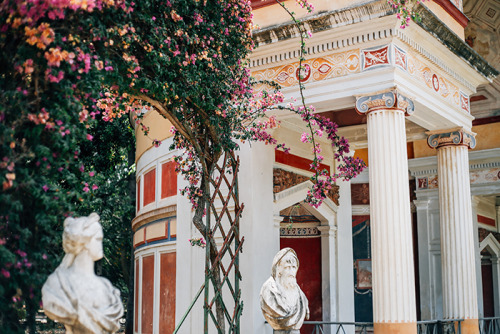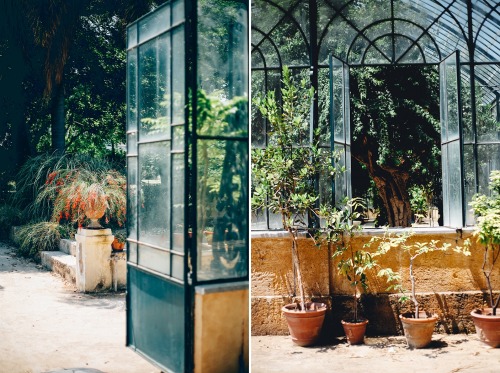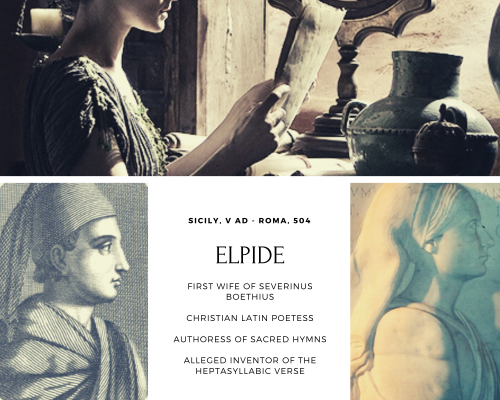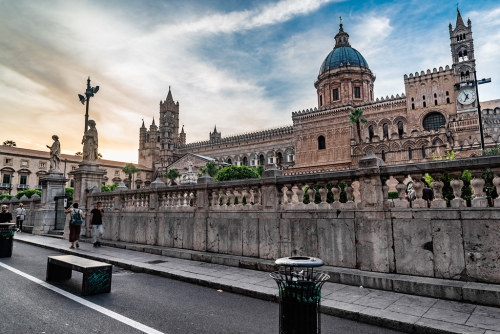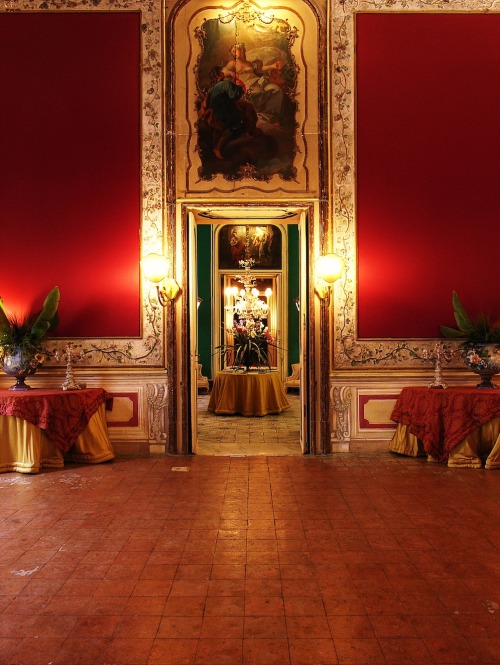#palermo
GUARDAMI NEGLI OCCHI
Opening 25 ottobre, 17.30
Galleria Nuvole_Palermo
cura di Raffaella De Pasquale e Alessandro Bazan
con un testo di Vito Chiaramonte
LetiziaBattaglia, Alessandro Bazan, Marcello Buffa, Rita Casdia, Gaetano Cipolla, Jennifer Corio, Zoltan Fazekas, Francesco De Grandi, Kuutti Lavonen, Antonio Miccichè, Giusva Pecoraino, Vito Stassi, Rossana Taormina
(nell'immagine particolare da The innocent eye test di Mark Tansey, Metropolitan Museum, NY)
Post link
6 from the left, excellent for dancing slowly lit like photographs
if only a leg had more than 3 joints
Post link
May 17th 1198. A 4 years-old Federico II Hohenstaufen is crowned King of Sicily
Soon after the death of the Emperor Henry, Constance had the child fetched from Foligno by an Apulian count and brought to Sicily. Dressed in widow’s weeds she awaited her son in Palermo. There were grave accusatory rumours against the Empress current at the time: some said she had poisoned her husband, and it was a matter of common knowledge that she had no love for Germans. The suspicion of murder was unjust, but the hatred for Germans ascribed to her was genuine enough; she shared it with her Sicilian fellow-countrymen and with the Italians oppressed by the Roman Curia. The foundations of this hate were the same then as they have always been: the arrogance “allied with unwisdom” of the Germans alienated the Mediterranean peoples, as did their “obstinacy and self-assertiveness.”
Their physical strength and their savagery moreover terrified the Southerners, the discords prevailing amongst themselves brought them scorn and contempt. For rulers of the world they appeared “crude, coarse and uncivilised,” while their yet unpolished language seemed to the Romans "like the barking of dogs and the croaking of frogs.” But the main factor in this hate was fear; fear of the inrush “of the winter and the storm into the rose-gardens of Sicily.” This fear was not allayed by the savagely cruel treatment meted out to the Sicilians by Henry VI. Perhaps Innocent with his biblical phraseology hit on the right description of the German visitation of those days when he wrote: “Because the people of Sicily and the other inhabitants of this kingdom have grown effeminate in sloth, and undisciplined through too much peace, and, boasting themselves of their wealth, have given themselves over to the unbridled lusts of the body, their stink has gone up to heaven and the multitude of their sins has delivered them into the hands of the oppressor.”
Innocent spoke thus out of no friendliness to the Germans. The hate of Germans that flamed up throughout Italy on the death of the Emperor had been carefully nurtured beforehand by the Curia, had been given the air of a national pan-Italian movement and utilised as a means to shake off the imperial yoke in the south in favour of a papal Italy. In resonant periods Innocent III had taken pains to stir up and foster this hate: “The wrath of the North wind whistles through the mountains with a new quaking of the earth, it drives through the level plains of Apulia, whirling dust into the eyes of wanderers and country-dwellers.” Thus he wrote about the German,Henry VI, whom Dante also designated “that loud blast which blew the second over Swabia’s realm.” A reaction of this sort against the tyranny of Henry VI was of course inevitable. The importance of the movement in Sicily was enhanced by the fact that the Empress Constance took part in it. Her motives were probably personal, for Henry had made a terrific clearance amongst all related to the old Norman royal house and had banished the survivors to Germany. On his death Constance immediately resumed the sovereignty of her hereditary domain, in accordance both with the Emperor’s instructions and with the right she herself possessed as Norman Queen. But the new ruler of Sicily was Norman Queen only: not widowed Empress; and the first act of her reign was to banish from her kingdom the Emperor’s interpreter, Markward of Anweiler, and with him all other German notables, a considerable number of whom held fief and office in the Norman territory. The pretext was that they might prove dangerous to the peace and quiet of the kingdom,especially Markward, who had not been slow to propose himself as vicegerent. Her next step was to imprison the Sicilian Chancellor, Walter of Palear, Bishop of Troia, who had been from of old an opponent of the Norman dynasty and a willing tool of the German Emperor. The intervention of the Pope was necessary to effect the liberation of the Bishop Chancellor and his re-instatement in his former offices. AntiGerman feeling in the south was so acute that the first German crusaders who were returning, all unsuspecting, from the Holy Land were surprised and plundered by the excited Sicilians, and after that the home-coming pilgrims had to avoid the har bours of this dangerously inhospitable kingdom. Curiously, the German princes who were on the Crusade, when they received in Acre the news of their Emperor’s death, reconfirmed the choice of Frederick as King of the Romans.
Constance, however, deliberately shut her eyes to all this. Her hate of Germany reinforced the maternal anxiety which heroes’ mothers are wont to suffer from: in the German crown she saw a never-ending series of future perils and struggles for her son. She would as far as possible ward off such a danger from him. Frederick should be king of the wealthy Sicily, and in the southern Land of Dreams he would quietly forget the imperial dignity of his fathers. A few months after the boy’s arrival in Palermo she had him crowned King of Sicily. The solemn rite was celebrated on Whit Sunday 1198, with a pomp and ceremony borrowed from the Byzantine court, while in accordance with ancient custom the people greeted their newly crowned king with the cry which may still be read on every crucifix in southern Italy “Christus vincit, Christus regnat, Christus imperat.” It is significant to note that this is also the motto engraved on Frederick’s early seals. From that day Constance omitted from all official documents of the young king the title that had previously figured there: Rex Romanorum. From henceforth Frederick of Hohenstaufen was to content himself with the many titles borne by the reges felices of Norman stock. He was to be, body and soul, the son of the Sicilian Constance only, and to be kept aloof from all the fatal, unknown consequences in which the dangerous Hohenstaufen blood of his father might involve him. One is reminded of the childhood of Achilles or of Parzival.
Kantorowicz Ernst,Frederick II. 1198-1250, p. 13-16
Post link
A Palermo si celebrano le nozze del conte di Parigi con Isabella d'Orleans Braganza
data: 04/1931
colore: b/n
sonoro: muto
codice filmato: A076603
Text translation:
In Palermo, it’s celebrated the marriage of the Count of Paris with Isabelle of Orléans-Braganza
0:04 Palermo. Marriage of of the Count of Paris with Isabelle of Orléans-Braganza. The Cathedral, where the marriage took place.
0:16H.E.Cardinal Lavitrano, Archbishop of Palermo.
0:30 The august spouses and the guests (lit. it’s the followers) leave the archiepiscopal palace
1:27 After the wedding ceremony
3:04AtVilla d'Orléans
Since still in the 1930s, heirs of previous Royal French Houses (which included of course Henri, the Orléanist claimant) were still exiled, the couple couldn’t marry in France. They chose Palermo because Henri’s family owned a palace there.
Palazzo d'Orléans is an 18th-century estate, opposite to Palazzo dei Normanni,in the centre of Palermo. It had firstly belonged to the Sicilian branch of the Spanish Monroy family (Hernán Cortés’ family). It later was bought by rich merchant Francesco Olivieri.
Starting 1808, Olivieri rented it to exiled PrinceLouis Philippe d'Orléans. The following year, on November 25th, the French Prince married Princess Maria Amalia di Borbone-Due Sicilie (herself exiled with her family from Naples due to the Napoleonic invasion) and bought the palace, which took the name of Palazzo d'Orléans. The couple’s first three children would be born in the Palace (Ferdinand Philippe,Louise andMarie) and the family would live in Palermo until 1814, when they were reached by the news of Napoleon’s fall. The Orléans then left Palermo headed for France, where Louis Philippe would rule as king from 1830 to 1848.
Palazzo d'Orléans, in the meantime, still belonged to the French royal family. In 1855 Maria Amalia bestowed it to his son Henri, Duke of Aumale, whom expanded the estate up to 63 hectares, buying the adjoining houses and lands. A botanic and agricolture enthusiast, the Prince developed an innovative irrigation method. At Henri’s death, in 1897, the Palace was inherited by his great-nephew,Louis Philippe Robert (grandson of Henri’s eldest brother, Ferdinand Philippe). Louis Philippe would order the last enlargement of the Palace, but also rent a large part of the adjacent land to support his exiled life
After the childless Prince’s death in Palermo, in 1926, Palazzo d'Orléans would be inherited by his eldest sister,Amélie, last Queen consort of Portugal, whom would sell it to her cousin,Jean, Duke of Guise. On February 10th, 1929, the Palace hosted the marriage of the Duke’s daughter, Françoise, to Prince Christóphoros of Greece and Denmark. Two years later, on April 8th was celebrated the marriage captured by this video. Wedding witness were: Don Carlos of Bourbon-Two Sicilies (maternal cousin of the groom), Prince Amedeo d’Aosta, Duke of Apulia (the groom’s brother-in-law), Prince Pedro Gastão of Orléans-Braganza (the bride’s brother), and Prince Adam Ludwik Czartoryski (grandson of Prince Louis of Orléans, Duke of Nemours).
In 1940, following Fascist Italy’s entering in the war against France (and the rest of the Allied Forces) Palazzo d'Orléans was confiscated and entrusted to the Banco di Sicilia. In 1943, after the Allied invasion of Sicily, the Palace was used by the US army as military headquarters (and it is in this occasion that the Palace was looted of many precious objects, like art pieces, furniture and silverware).
After the war, the building was elected as seat of the Regione Siciliana, despite still officially belonging to the Orléans. In 1950 the descendants sold circa 40 hectares of land to realise the University campus. Finally, in 1955 they sold the Palace to the Region, which still uses it as its headquartes.
The wonderful park which ornated the back of the Palace was slowly transormed into a giardino all’italiana, and was converted into Italy’s only ornithological park. Of the original park, only the ficus magnoloides planted by Louis Philippe remains.
Sources
I was Elpis, daughter of Sicily,
whom the love of the spouse took away from the homeland,
without whom the days were painful, the nights restless, the hours sad,
because we weren’t just one flesh, but also one spirit.From her lost epitaph [my translation]
Elpide(also known as ElpisorElphe) was a Christian Latin poetess born in the V century AD. Her whole life is somehow shrouded in mystery and her whole existence is by some denied. According to tradition, she was the first wife of Roman politician and philosopher Anicius Manlius Severinus Boethius and mother of his sons, Patricius and Hypatius. Nonetheless, according to other academics (if she really existed) she might have married a namesake of the famous philosopher.
Those who context Elpide’s marriage to Severinus Boethius, point out contemporary sources and the fact that same philosopher only talks about his wife Rusticiana, daughter of Roman historian and politician Q. Aurelius Memmius Symmachus, who would give him at least two sons, Flavius BoethiusandFlavius Symmachus. Yet, this doesn’t necessarily disconfirm the existence of another wife. Plus in The Consolation of Philosophy, Boethius writes about fathers-in-law(“Quis non te felicissimum cum tanto splendore socerorum[…]”), fact that would again support the theory of more marriages from his part.
From the first line of her epitaph we learn that she was born, or at least she grew up in Sicily (“Siculae Regionis alumna”). Two cities have since long competing (in heated terms, to the point of almost physically fighting over it in 1819) about the honour of being her birthplace: Messina and Palermo.
The Strait city has a long literary tradition (which goes back to XV century) concerning Elpide’s origins. According to its scholars, Elpide was the daughter of Messinese patrician Titus Annius Placidus and the sister of Faustina, mother of Saint Placidus (one of Saint Benedict of Nursia’s disciples).
Palermo’s academics, on the other hand, dispute the Messinese theory and argue that Elpide was born in Palermo, where she met her future husband who had stayed for a while in that city and, if he took a wife there and then, it would have been more plausible she was a Palermo’s native born. In 1643 a bas-relief portraying Elpide was recovered in Palermo. Since its finder was Messinese Mario Caridi, he managed to have it transferred to Messina, where it was displayed with an annexed plaque which indicated said city as Elpide’s birthplace.
Aside from these geographical controversies, Elpide was described by sources (which, it’s important to point out, are all posthumous) by many as an educated and virtuous woman. An anonymous scholar from Palermo goes as far as suggesting she was the authoress of philosophical works whose authorship was later stolen by her husband.
Two sacred hymns, dedicated to the Saints Peter and Paul and featured in ancient breviaries, are traditionally attributed to her: Felix per Omnes andAurea Lux. Following this attribution, Spanish poet Lopez de Vega considers Elpide the creator of the heptasyllabus verse. These hymns were sung on January 18th and 23rd, February 22nd, June 29th and August 1st.
Elpide died around 504 in Rome, where she had transferred after marrying. She was probably buried in the first St. Peter Basilica, given that her epitaph was said to have been originally placed on the porch of said Basilica.
Boethius would then remarry to the more famous Rusticiana and lead his life as a trusted official at the court of the Ostrogoth King Theodoric the Great, who at that time ruled over a large part of Italy. Later on, he would fall from power and accused of treason, together with his father-in-law, Symmachus. Condemned to death by Theodoric, he would be executed in 524 (or 525) in Pavia (followed by Symmachus the year later). Boethius was then interred in the same city, in the Church of San Pietro in Ciel d’Oro, where Elpide’s epitaph was said to have been transferred, facing her husband’s sepulchre. Nowadays, there’s no trace of such inscription, still many trustworthy antiquaries saw it and wrote down its text, which has arrived to us.
My light hasn’t extinguished, since such a husband still lives,
Sources
- “Via”… da Messina: Elpide, la poetessa dai natali “contesi” tra Messina e Palermo (e Trapani, e Roma)
- Boethius,De Consolatione Philosophiae,book 2, prose 3
- Cicciù Consolato,Personaggi storici messinesi: la poetessa Elpide e l’accesa disputa sul suo luogo di nascita
- Di Giovanni Vincenzo,Filologia e letteratura siciliana studii di Vincenzo di Giovanni Letteratura, vol. 2, p. 324-325
- Mazzucchelli Gianmaria,Gli scrittori d'Italia cioe’ notizie storiche, e critiche intorno alle vite, e agli scritti dei Letterati Italiani, vol. 1, part. 1, p. 1409-1412
- Narbone Alessio,Storia letteraria della Sicilia, Tomo V: Epoca Cristiana, p. 158
- Ortolani Giuseppe Emanuele,Biografia degli uomini illustri della Sicilia, ornata de’ loro rispettivi ritratti, vol. 3, p. 118-123
Post link
Indeed
#buenosaires #argentina #palermo #ig_today #vsco #igwordclub #instapic #earthpix #super_europe #ig_europe #travel #travels #thebestdestinations #igworldclub #bestplacestogo #ig_today #euro_shot #travelawesome #wanderlust #instadaily #picoftheday #instapic #blogger #iphoneonly (at Buenos Aires, Argentina)
Post link

